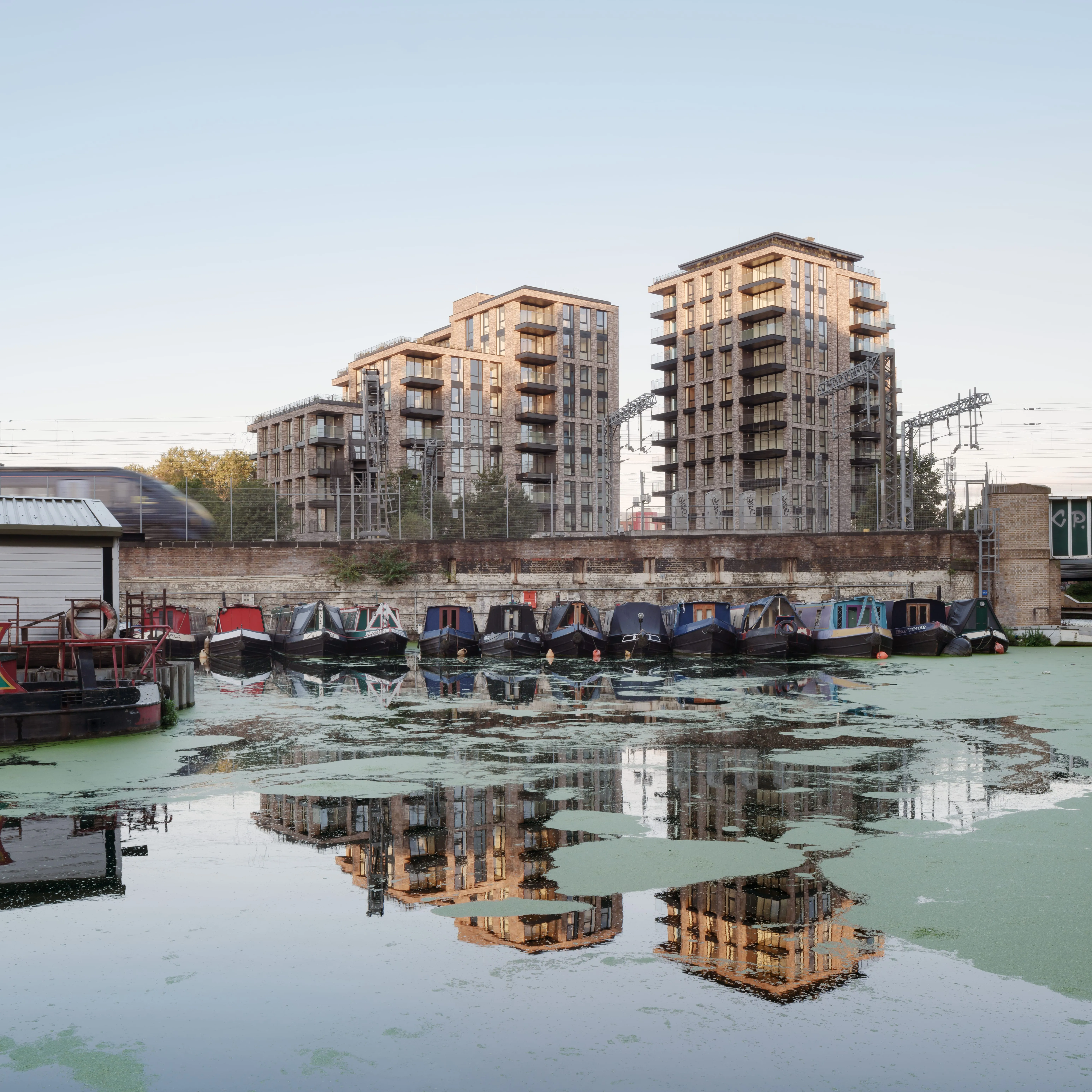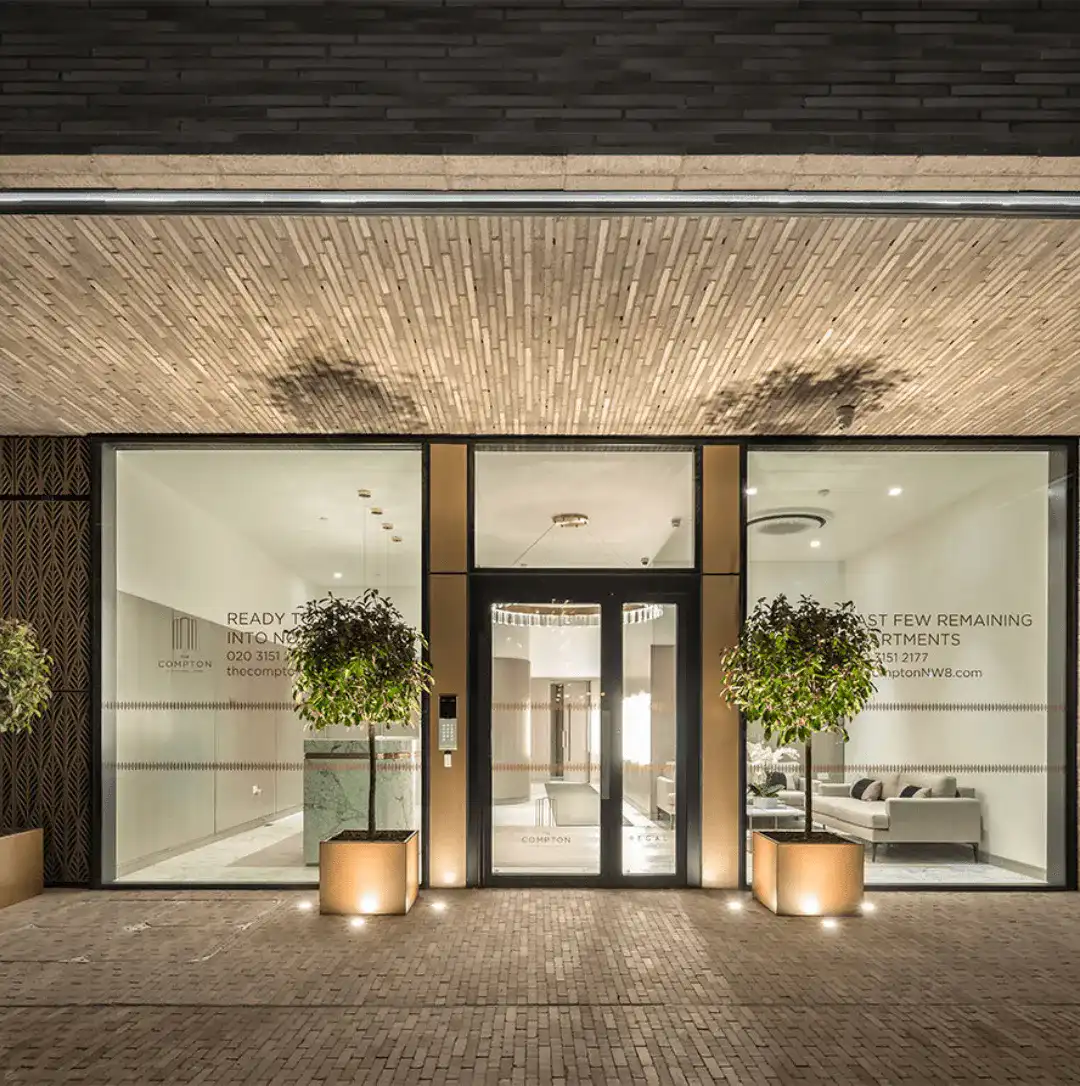Architects today face increasing pressure to specify materials that meet sustainability requirements. Brick has been a foundational building material for centuries, but modern concerns about environmental impacts have placed new emphasis on sustainable specification.
We’ve written this piece to provide architects with practical knowledge about sustainable building materials, focusing on key considerations like embodied carbon, Environmental Product Declarations (EPDs), lifecycle assessment, and circular economy principles.
We'll also explore how our products, including our waterstruck collection made from premium Scandinavian clay and our GREENER range, meet these sustainability challenges.

Embodied carbon refers to the total carbon emissions produced during the extraction, manufacturing, transportation, and installation of construction materials. For bricks, this includes the energy used in clay extraction, the firing process, and delivery to the site.
Traditional brick production has historically had a significant carbon footprint due to the high temperatures required for firing. However, modern techniques and alternative energy sources have helped reduce these impacts substantially.
Understanding the embodied carbon of different brick types allows architects to make informed decisions that align with project sustainability goals without compromising on quality or aesthetics.
EPDs provide transparent, verified information about a product's environmental impact throughout its lifecycle. These documents allow architects to compare different materials easily.
For brick specification, EPDs offer valuable insights into:
When reviewing brick EPDs, pay attention to the functional unit (typically per kg or m² of material) and system boundaries (which lifecycle stages are included) to ensure fair comparisons between products.
At UK Brick, our GREENER products come with comprehensive EPDs that fully quantify their environmental performance, making specification decisions more straightforward and transparent.
Lifecycle Assessment (LCA) takes a holistic view of environmental impacts across its lifespan. When specifying bricks, consider:
The exceptional longevity of brick means its initial embodied carbon is distributed over a much longer lifespan than many alternative materials, making it a strong performer in full lifecycle assessments.
The circular economy aims to design out waste and pollution, keep products and materials in use, and regenerate natural systems.
Traditional bricks can be reclaimed and reused multiple times, supporting circular economy practices and reducing construction waste. Modern brick production increasingly incorporates resource efficiency measures to minimise environmental impacts while maintaining quality.

At UK Brick, sustainability sits at the core of our operations. Our waterstruck bricks, made from premium Scandinavian clay, offer architects exceptional design flexibility while meeting stringent environmental standards.
The Scandinavian clay we use contains some of the finest clay particles in the world, to produce a brick with superior performance characteristics. Our manufacturing partners use advanced techniques to reduce energy consumption and minimise waste throughout production.
The distinctive soft texture and authentic finish of our waterstruck bricks result from a production method that uses water as a releasing agent. This process creates unique surface textures while avoiding the need for additional releasing agents that might contain harmful chemicals.
Our standard collection features:
Our GREENER bricks are produced exclusively with electricity from wind turbines and biogas, reducing their carbon impact by 50% compared to traditional bricks.
By burning biogas (a sustainable alternative) instead of fossil fuels, we match the amount of CO2 that plants absorbed from the atmosphere when they grew. This means the environment is polluted with significantly less carbon dioxide without compromising the durability or technical qualities of modern bricks.
Key sustainability features of our GREENER range include:

Sustainable brick specification requires architects to balance environmental considerations with performance requirements, aesthetic goals, and budget constraints. By understanding embodied carbon, interpreting EPDs, taking a lifecycle approach, and embracing circular economy principles, you can make informed decisions that contribute to more sustainable construction.
We are proud that our products, particularly our GREENER range, offer architects the perfect combination of sustainability, durability, and design flexibility. Our water-struck bricks provide the authentic character and unique finish that distinguished projects demand. At the same time, our commitment to low-carbon production means you don't have to compromise environmental values for quality.
For more information about sustainable brick specification or to request samples of our GREENER range, you can:
Our bricks contribute to low carbon footprints through their longevity (reducing replacement needs), thermal mass properties (improving energy efficiency), and production methods that use renewable energy. Our GREENER range goes further by reducing carbon impact by 50% compared to traditional brick production methods.
Scandinavian clay contains exceptionally fine particles due to the region's unique geology and climate. This composition requires low energy during firing while producing bricks with superior strength and durability. The natural minerals in the clay also create distinctive colours and textures without requiring additional treatments.
Our GREENER products come with comprehensive Environmental Product Declarations (EPDs) that quantify their environmental impact. These third-party verified documents allow for transparent comparison with other construction materials.


